It takes over 3 hours to write the average blog post
And those blog posts are barely over 1,000 words.
Unfortunately, 1,000 words of content just won’t cut it today.
The average post on the bottom of the first page of Google is nearly 2,000 words.
Based on the initial time estimate, that means you’re looking at a minimum of six hours to write a single post to get it ranked.
Honestly, who has time for that?
Especially when your to-do list is already overflowing.
Time and competition aren’t on your side. The deck is stacked against you.
And the worst part is that you have no choice. You need high-quality content to rank in search engines.
There is one solution, though.
What if I told you that you could boost traffic simply by repurposing and updating old content?
What if you could create new content with the intention of promoting it again later?
Thankfully, you can.
Here’s how to revive your old content and use it to skyrocket traffic.
What is evergreen content?
The name for evergreen content comes from evergreen trees, believe it or not.
Evergreen trees keep their leaves year-round.
They don’t lose or shed leaves in the fall. Seasons mean nothing to them.
The same applies to evergreen content.
The information is timeless. It’s always relevant and never goes out of style.
Here’s what Google says:
Evergreen content isn’t news, the latest trends, major stories, or articles based on the latest Google-algorithm update.
It’s how-tos, lists, tips, and content that will always be helpful.
News-related blog posts, for comparison, will spike in traffic initially.
But over time, that traffic will slowly go away because no one is continuing to look for that information.
Instead, here’s what you want the traffic for a blog post to look like in Google Analytics:
In other words, your traffic should grow and get better over time.
Then you know you that it’s evergreen!
Another good thing about evergreen content is that it’s always shareable.
You can promote it through social media year-round. You never have to worry if it will be irrelevant or out-of-date.
Plus social sharing can add to the quality of your evergreen posts.
In fact, just resharing content two additional times on social media can get you double the clicks.
It might seem like a daunting task to create evergreen content.
Where do you start? What topics are evergreen and how do you know?
It starts with selecting a topic you know people won’t stop caring about. For example, headline tips remain a constant source of information.
The typical features of evergreen content that I’ve found to be most successful are:
- Being relevant despite the publish date
- Usually comes in the form of listicles, tips, or long-form guided content
- Focused on basic strategy and principles
The reason evergreen content stays evergreen is that it doesn’t rely on tools or services that might drastically change in the next year.
It relies on strategy and guiding people, as opposed to shifting tool sets or a changing technological landscape.
Here’s a prime example from HubSpot:
This HubSpot post isn’t going out of style anytime soon.
It provides a list of actionable tips that talk more about strategy than tools or tricks.
The fact of the matter is that this post will be relevant even five years from now.
Do you want to know how I know this?
Because it was originally published back in April 2014! HubSpot continues to update it, though, to make sure it remains relevant.
You need to produce content that will stand the test of time.
Otherwise, you’re going to be swamped trying to keep up with the onslaught of blogging that it takes to be successful.
News-related topics might get high traffic for a few days.
However, eventually, that story breaks and that traffic fades into oblivion.
Evergreen traffic is exactly the opposite.
How to turn old content into evergreen content
You don’t have to be a thought leader or industry big-shot to make evergreen content.
And now you’ve learned that you don’t need to write new content necessarily, either!
You can actually turn old content into evergreen content with a few simple changes.
Here’s how to get started.
Tip #1. Check trends over time.
Crafting quality evergreen content is easier than you think.
Just make sure to steer clear of topics that are seasonal or that will fade with time.
For example, don’t write a detailed article on how to adapt to a Google update and expect the traffic to be relevant five years from now.
There are tons of different ways to find out if a basic topic has potential.
I like to start off with Google Trends.
It allows you to type in any keyword and see the history of its searches over time.
For example, if you wanted to write an article about content marketing with the intention of developing it into an evergreen post, you’d want to know if people still care about that topic.
Search for “content marketing” and you’ll see something that looks like this:
Awesome!
“Content marketing” looks like an excellent choice.
But if you search for a term and find a negative trend, don’t waste your time:
Start with trending data to see if it’s heading in the right direction.
That way, you won’t have to do in-depth keyword research if it’s a bad fit right out of the gates.
Once validated, you can use SEMrush or Moz’s Keyword Explorer to identify the keyword’s potential.
For example, if we search a basic term like “SEO,” we can tell by the monthly searches how relevant the topic is today.
Here’s why it’s important to start with a big, broad topic that’s trending in the right direction.
The base keyword should give way to long-tail keyword suggestions. These related ideas can feature in your big resource, or be spun off into their own content pieces down the road.
Similarly, SEMRush can provide you with tons of useful data on trends. Simply search for your keyword in the top bar and get detailed results:
Use any of these three tools to help you scout what topics are trending over time.
Keywords and compelling topics aren’t enough to make a post evergreen, though.
If your content lacks data-backed analysis and tips, it won’t succeed.
For example, check out this super-old Kissmetrics post that is still driving traffic today.
It’s years old, yet it’s still driving tons of traffic and shares.
Another great way to find popular, evergreen content is using Ahrefs’ Content Explorer.
You can use it to search a basic topic like “content marketing.” And it will spit out the most popular posts by shares, backlinks, and traffic.
You can also sort it by dates published. So you can see which content is still generating tons of traffic years past its original publish date.
Tip #2. Keep your content simple and specific.
Tactics and tools change almost every year.
A tool updates its features or changes its design.
New growth hacks emerge and send outdated options to the growth-hack junkyard.
The key to evergreen content is keeping your content topic simple.
Just think about the topics that will always stay the same.
Keep the general focus simple. But then dive into specifics on how to get the most out of that topic.
And make sure to stay on topic, too. You can’t cover everything in a single evergreen post.
It might be better to split those into new content pieces.
For example, if you’re writing an evergreen “SEO guide,” don’t include “local SEO.” Make it a separate post.
Ideally, your titles and article focus should be as specific as this one from Inc.:
Update or relaunch old content
Updating and relaunching old content is easy.
But it’s going to require you to follow a few steps.
The trick is to identify prospects to refresh, improve the content with new images, update the structure, and then update the publish dates.
Here’s how to get started on bringing your old traffic back from the dead to kickstart traffic again.
Step #1. Identify underperforming content.
Start by looking at reach, frequency, and impressions for popular Facebook posts that you’ve shared over the past few years.
This approach can help you track down content that people still share.
You might see some of the most popular topics.
But more importantly, it can help you locate underperforming content with evergreen potential!
Next, look at Google Analytics for metrics like impressions and CTR.
Do the statistics meet your goals? If not, you can add that to the list of things to eventually bring it back to life.
Again, you can utilize tools like Ahrefs’ Content Explorer or BuzzSumo to check out your past content’s success.
For example, just type your domain name into either tool and scroll to the bottom (or filter) to see your least successful posts:
Step #2. Improve and update the old content.
Most people think that their new content is what brings them traffic.
However, one peek into your analytics will quickly paint a different picture.
Look up which pages on your site get the most search traffic, for instance, and you’ll be surprised.
The old stuff from years ago often brings in the most traffic.
That means continuing to regularly update this old stuff can often give you a better ROI on your time investment.
If you want that post to remain relevant and generate tons of traffic for years to come, you have to keep updating it.
Using better images, improving the structure, or adding a case study can drastically improve the longevity of each piece.
You also don’t want to cite studies and data from 10 years ago continually. People will automatically assume the content is old and now irrelevant.
There’s a perfect example in the next section.
Tip #3. Update images and screenshots.
Can you imagine reading a post today with a picture of a Google search like this???
Yikes. Of course not.
The first thought that comes to mind is that the information in this post is completely out of date.
Then your visitor clicks the back button or swipes left ASAP.
Even if you’ve perfectly refreshed the content itself, your images could drive users away.
Just look at the differences between an outdated and updated Google search results page.
If you want to stay relevant, make sure you update your screenshots to reflect any new changes in the tools you used.
Tip #4. Improve the post’s structure.
The content structure will help you keep visitors reading and can keep traffic around longer.
Start by following the inverted pyramid when structuring your post’s content.
Content structure is going to be key to keeping your long-form content up to date.
If you’re making this content longer, use an index or table of contents to help people dive into topics more easily.
On top of that, you should check the actual structure of your writing!
Do you follow the Attention, Interest, Desire, Action (AIDA) formula? What about Problem, Agitate, Solution (PAS)?
Take a look at the PAS formula in action in this WordStream post:
Restructuring content with these formulas can instantly make something old, dry, and technical suddenly more interesting.
According to InboundPro, here’s how the perfect blog post should be laid out:
You should constantly restructure your post based on feedback, user signals like bounce rate, and the proven methods of creating the best content to read.
If you want to bring back your weak, old posts from the dead, you need to refresh them in almost every aspect!
Tip #5. Add a new case study.
Case studies are proven to be the most-effective content type to generate leads and traffic.
Good case studies give everyone else hope.
They add credibility. But they also inspire us that we’ll be able to do something similar.
Don’t believe me? Check out the data:
You may already have a case study listed in an old piece.
But is it still accurate? Has new information been published on the topic?
If it is, simply take that case study and add to it. Give actionable tips on how to replicate it for potential visitors.
Now republish your old post
Lastly, you need to republish your post.
Google will ignore your old content if it still features an old date with little to no refreshing.
And you’ll find that post fading back into irrelevance if you don’t start to circulate it on every possible channel.
You don’t want that to happen after all this time and energy!
So the final step is to update the publish date.
It turns out that Tuesday is the best day to share content.
But you also need to reshare it consistently.
Most people who need and search for your content might not find it.
Sometimes you need to hand-deliver it to them.
Follow this sharing template to guide your social-media strategy to boost your old content and bring back more relevant traffic.
When you revive old content and pump life back into it, you’ve created even more value for the piece.
Even if someone’s already read the piece, they can still get more value because you updated it.
Reposting your content on social channels gives you the opportunity to drive amazing traffic back to the post.
Tip #1. Change the “Published” date.
Changing the published date on your old blog posts makes them appear new and relevant again.
It also has the bonus of pushing it to the front of your blog feed.
To change the date on a post in WordPress, just click to edit that post and change the date that it was published on:
Then, change the date to your new publish date or select “Stick to the front page”:
You’ve now breathed life back into your old, worn-out piece.
This entire process only took you a fraction of the time it takes to create something from scratch.
And best of all, this post is already primed to bring in more search traffic.
The stats, images, and examples will be on-point.
So all of the new traffic you do get will stay around long enough to give you a shot at converting them.
Conclusion
Today’s top content is thousands of words long.
Brand-new blog posts take anywhere from three to six hours to write now.
It’s tough to find the required time to spend crafting the perfect new post.
And good luck at getting that new post ranked anytime soon. It’ll take you weeks or months.
Meanwhile, content gold mines are sitting in plain sight.
You might just have to scroll back a few pages in WordPress to find all of that old content!
Simple techniques can give your old content a refresh.
It can transform tired stuff into high-performing evergreen content.
Best of all, it will set you back only a fraction of the time.
Almost all of the grunt work is done. The research, the data, and the hook are all there. Everything is already written.
Now you just need to capitalize on its potential by perfecting the images, structure, and data.
Republish and rework your old content to breathe new life into old posts.
Your visitors will love it. You’ll get tons of traffic. And you can get on with the rest of your day.
What content-repurposing strategies have you used to skyrocket traffic?

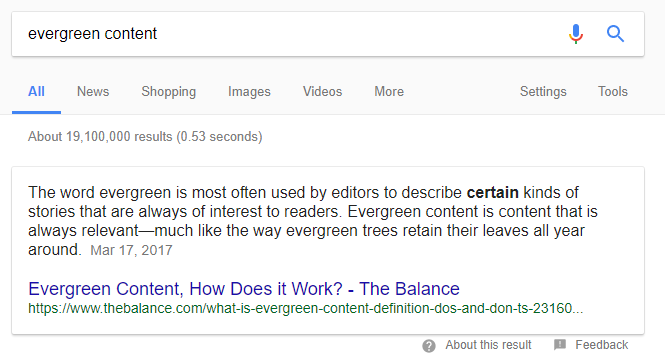

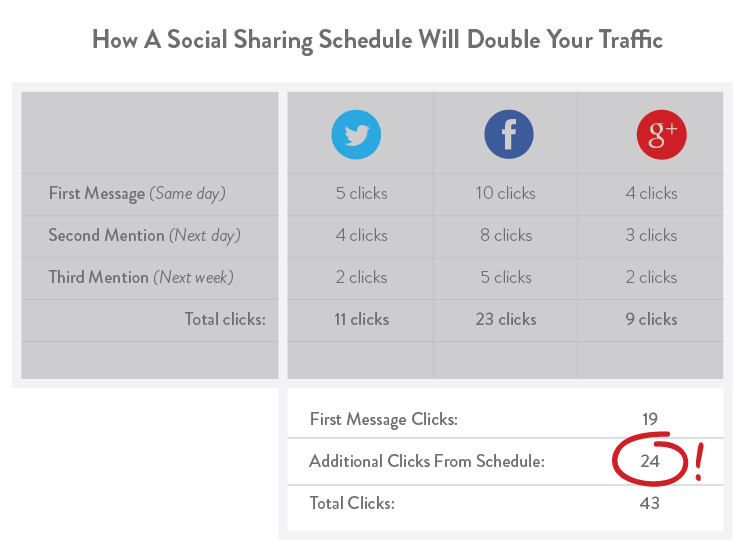


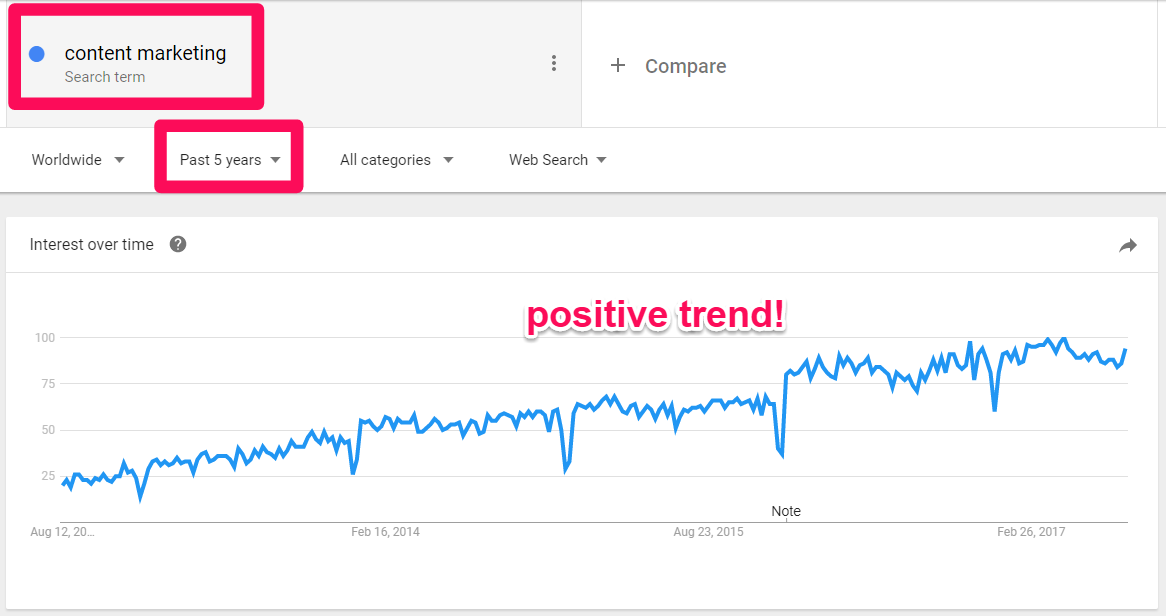
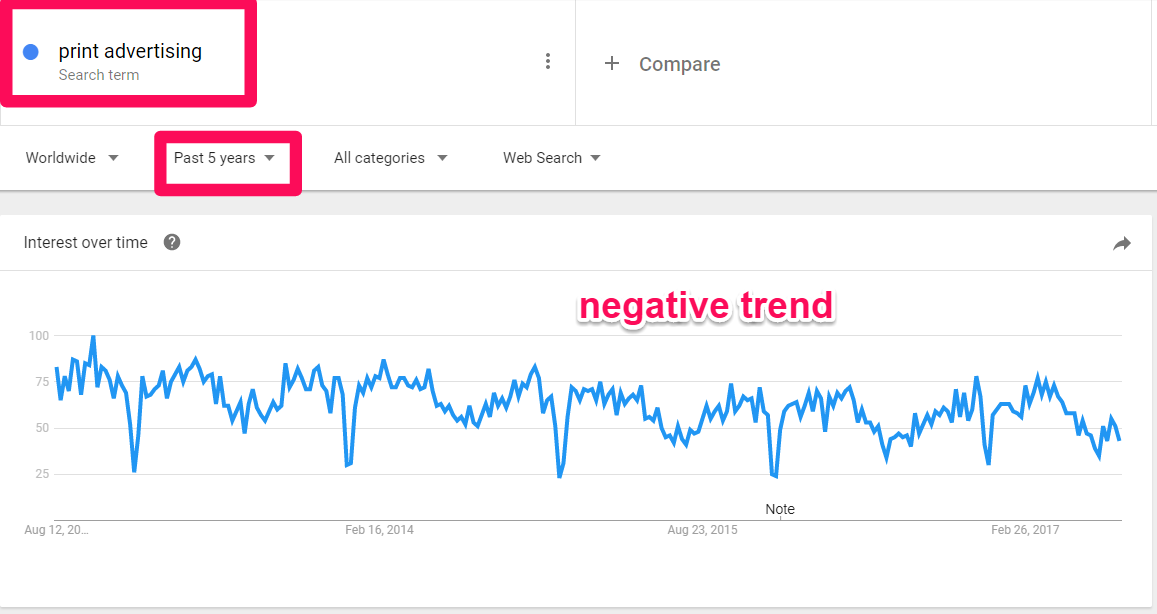
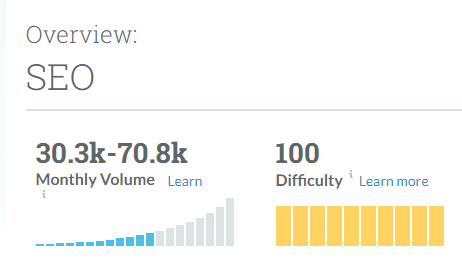



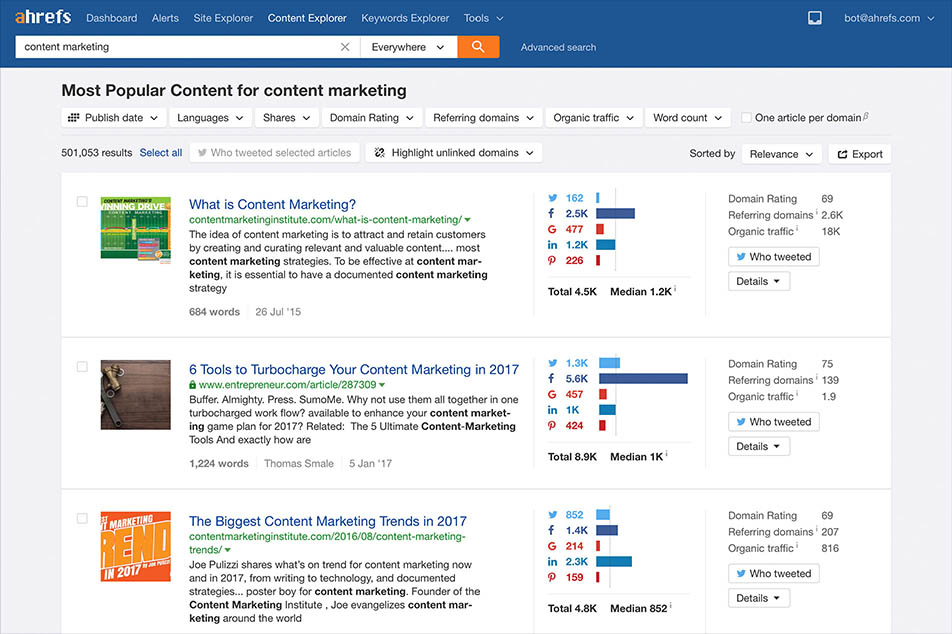
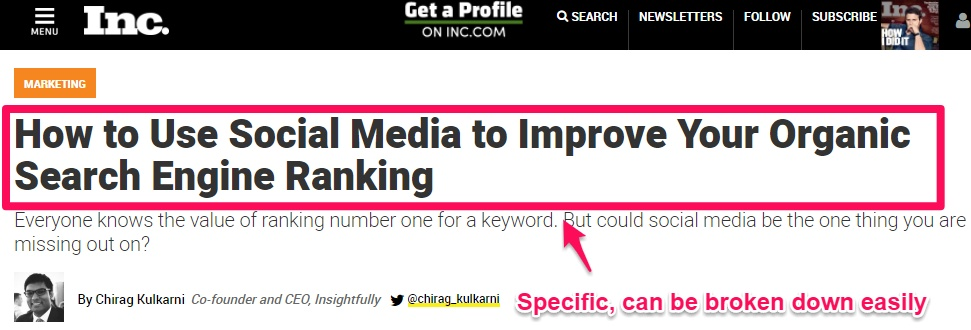


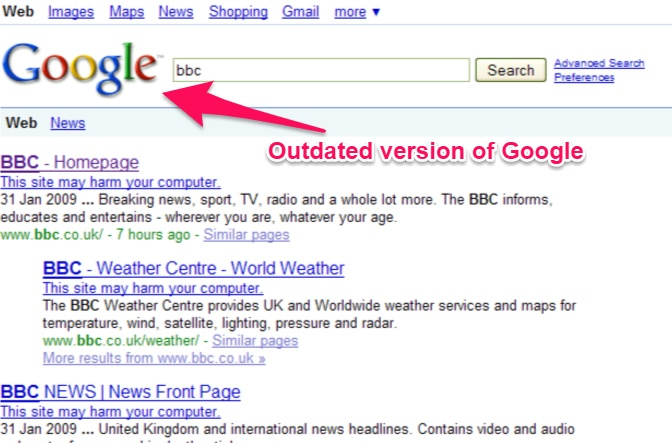

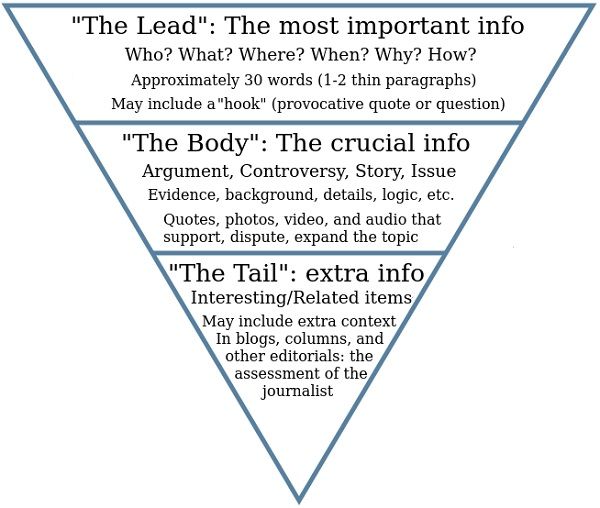




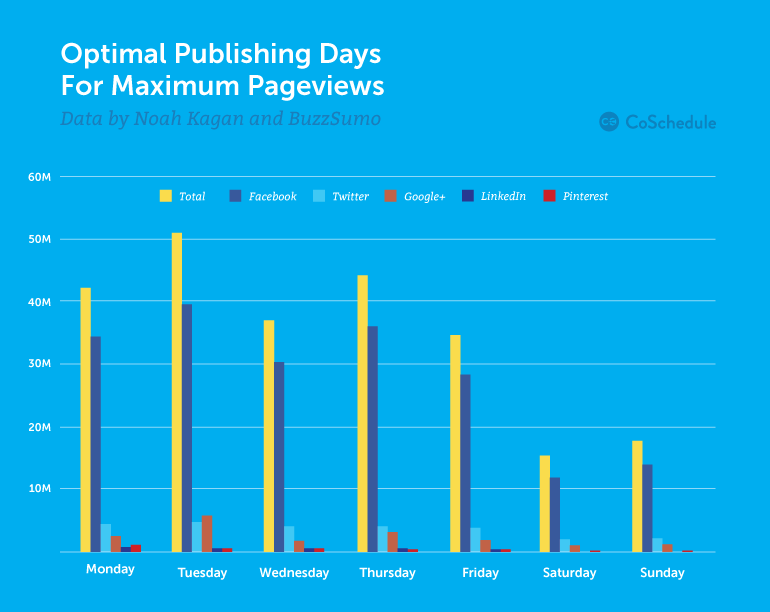
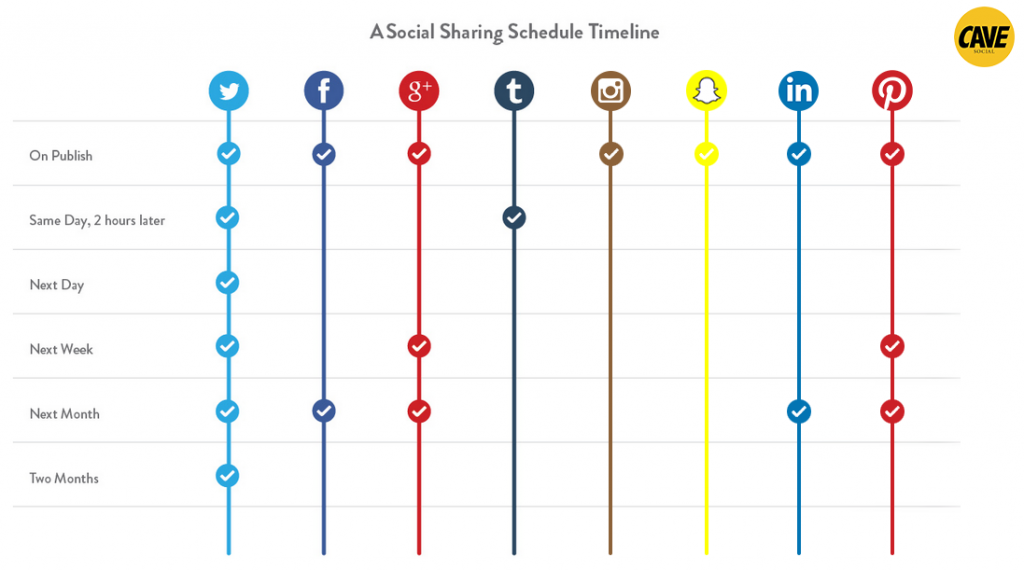
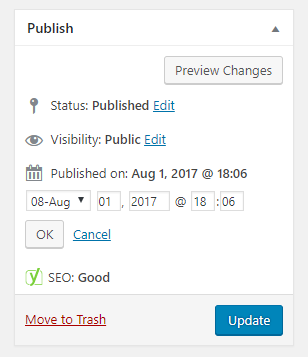
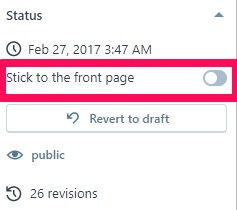
Comments (32)